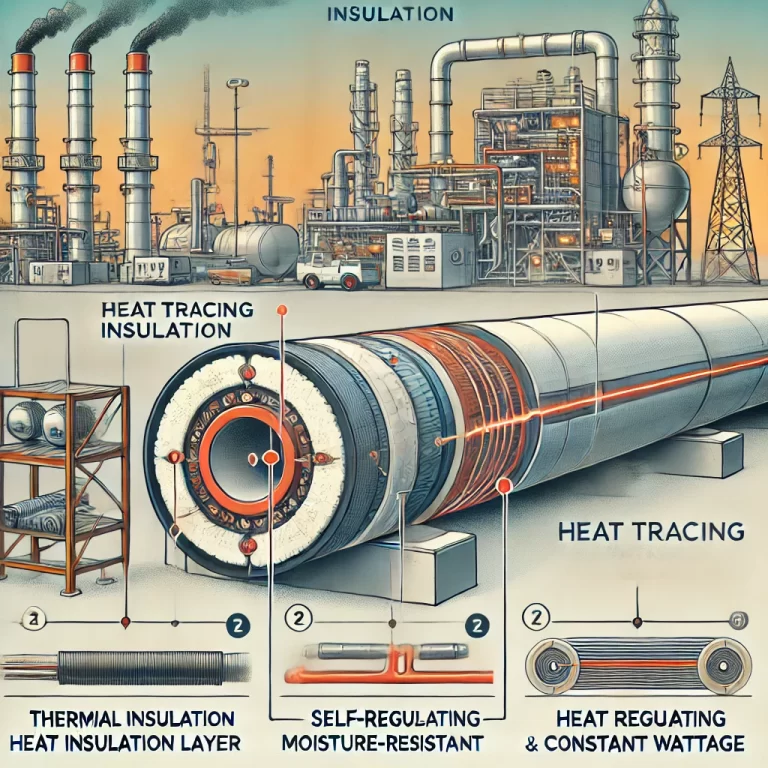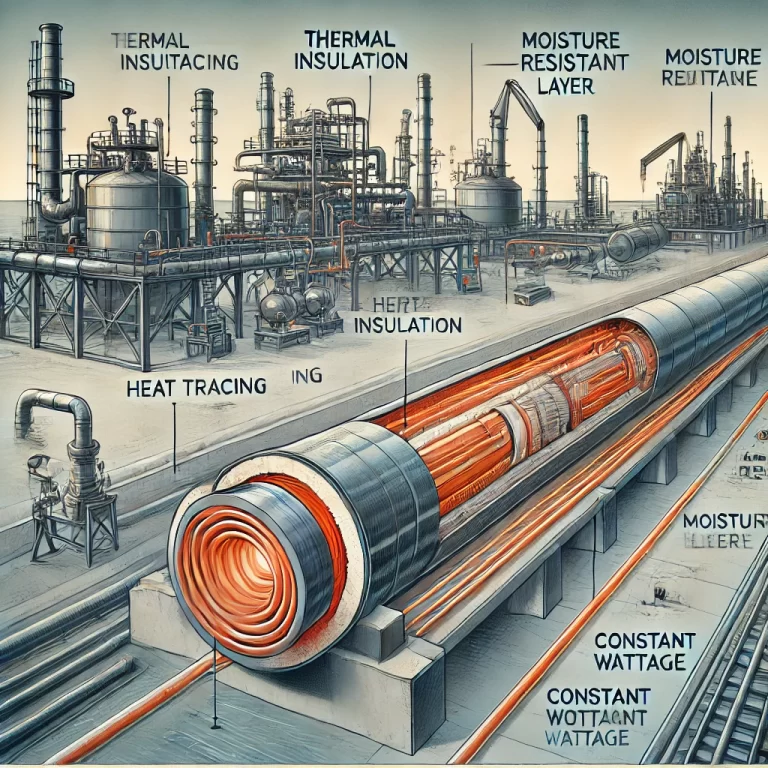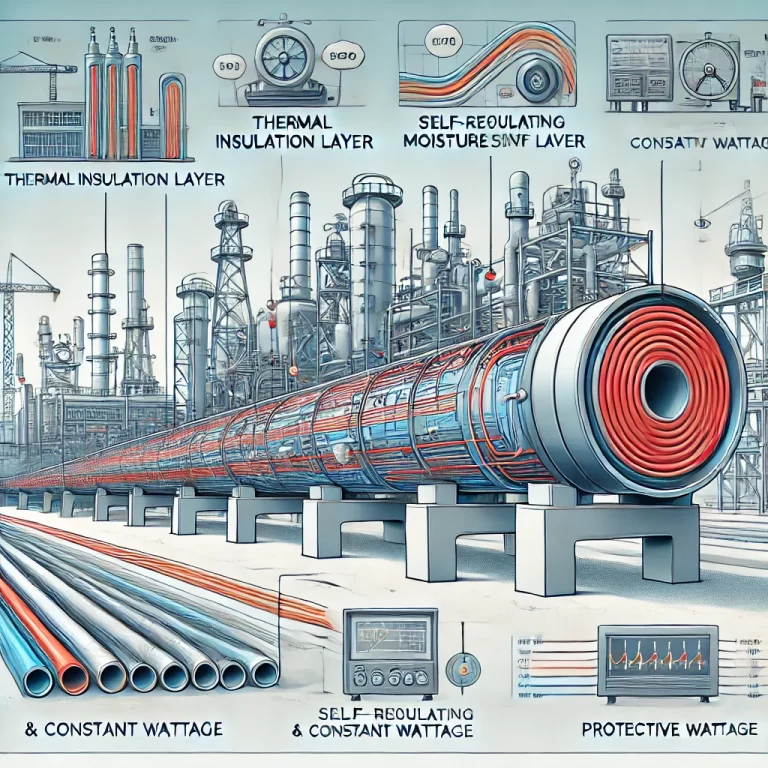1. Insulation Terminology
1.1 Insulation (General Definition)
Insulation refers to measures applied to the exterior surfaces of equipment and pipelines to reduce heat or cold loss of the medium inside, prevent injuries such as burns or frostbite, and minimize heat transfer. This term encompasses both heat insulation and cold insulation.
1.2 Heat Insulation
Heat insulation involves applying covering materials to the outer surfaces of equipment, pipelines, and their accessories to reduce the dissipation of heat to the surrounding environment.
1.3 Cold Insulation
Cold insulation involves covering the outer surfaces of low-temperature equipment and pipelines to prevent heat from entering from the surrounding environment and to avoid condensation on the exterior surfaces of the low-temperature systems.
1.4 Thermal Insulation Layer
A thermal insulation layer is the primary insulating structure applied to the exterior of equipment or pipelines to maintain a stable medium temperature.
1.5 Moisture-Resistant Insulation Layer
A moisture-resistant insulation layer is an additional structure applied to the outer surface of the thermal insulation layer to prevent water or moisture from infiltrating the insulation material.
1.6 Protective Layer
A protective layer is a structural layer applied to the outer surface of the insulation or moisture-resistant layer to shield it from external physical damage or environmental impacts.
1.7 Thermal Insulation Construction
Thermal insulation construction refers to the comprehensive structure composed of a thermal insulation layer, a moisture-resistant layer, and a protective layer.
1.8 Insulation Materials
Insulation materials are substances with excellent thermal insulation and other physical properties, used for purposes such as heat insulation, cold insulation, burn protection, and operational stability. These materials are chosen based on their suitability for specific applications.

2. Heat Tracing Terminology
2.1 Maintain Temperature
Maintain temperature refers to the ability of a heat tracing system to sustain the temperature of the heat-traced object under designed operational conditions.
2.2 Maximum Maintain Temperature
The maximum maintain temperature is the highest temperature that an electric heat tracing system can continuously maintain for the heat-traced object.
2.3 End-Termination Connection
End-termination connection refers to the terminal connection point of the heat tracing cable relative to the power source.
2.4 Electrical Heat Tracing
Electrical heat tracing involves using heat tracing cables or other electric heating devices to supplement the heat loss from the heat-traced object, ensuring the medium remains within a specific temperature range.
2.5 Thermostat Controller
A thermostat controller is a field instrument or temperature switch capable of detecting and controlling the temperature of an electric heat tracing system or its ambient environment. It can control the power on and off of the heat tracing cable and send alarm signals externally.
2.6 Self-Regulating Heat Tracing Cable
A self-regulating heat tracing cable is a flat cable device consisting of conductive polymer composite material uniformly extruded between two parallel conductive metal cores, along with insulation and a protective sheath. Its output power adjusts with temperature changes, and it can be cut or extended arbitrarily and cross-laid as needed.
2.7 Constant Wattage Heat Tracing Cable
A constant wattage heat tracing cable is made of busbars, insulation, heating elements, sheaths, and shielding layers. It maintains a constant power output per unit length and can be arbitrarily cut or extended but cannot be overlapped or cross-laid.

3. Recommendations for Practical Application
Industrial Application Examples:
Electric heat tracing is widely used in oil refineries, chemical plants, and food processing facilities to maintain the temperature of fluids or gases in pipelines.
Thermal insulation is essential in HVAC systems to reduce energy loss.
Insulation Material Selection:
Selection depends on the operating temperature, environmental conditions, and required performance. Examples include mineral wool for high temperatures and polyurethane foam for cold insulation.
Calculation Standards:
Ensure the thickness of insulation layers meets industry standards and use heat tracing systems designed for specific applications to optimize efficiency and minimize operational costs.
Maintenance Considerations:
Periodically inspect insulation layers and heat tracing systems for wear or damage.
Replace protective layers or moisture-resistant layers as needed to maintain system integrity.

By organizing and presenting the information in a clear and systematic way, this article provides a comprehensive understanding of terminology and practical applications related to pipeline heat tracing and insulation.
